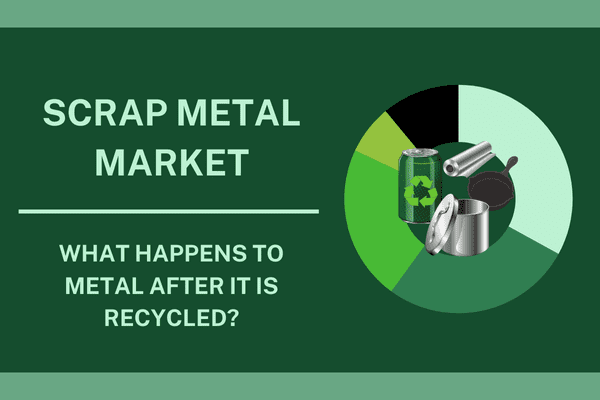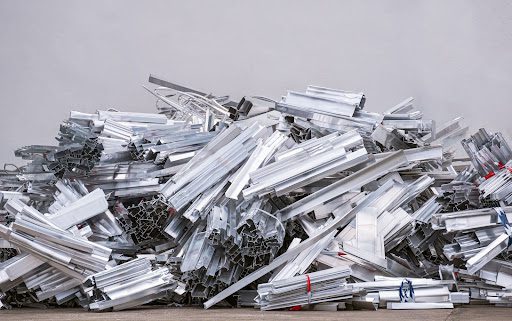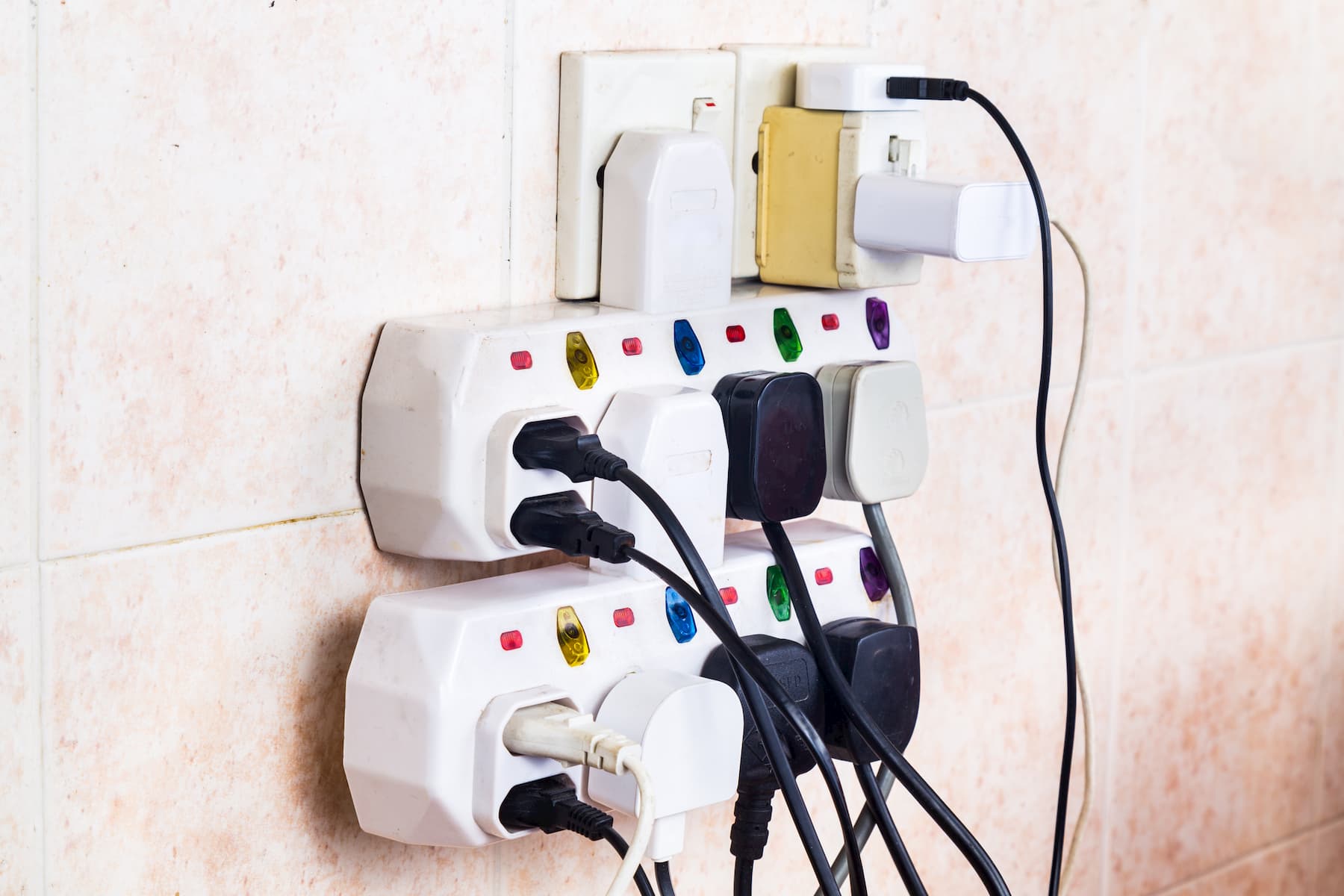
Let’s be honest; everyone has a junk drawer or box of old wires. Sometimes it’s random, and sometimes it’s a little bit more organized. However, we’d bet that you have a box of old or unused electrical cords and wires that you haven’t touched in years, possibly decades. Time to recycle those electrical cords.
Why do you have this?
There are several reasons why you have this box. You probably thought that you’ll need that iPod Shuffle charger at some point. Then you added that old old laptop charger that doesn’t work anymore. Hey, it might start working again, and you can use it as a backup to your new one. You could have thrown that VCR plug in the box years ago and forgotten about it. At some point, it became that box in the back of your closet or garage when old cords go out to pasture.
Spoiler alert. You won’t need that seven-year-old charger. No, you won’t be able to fix your shoddy cord, and it won’t magically start working again. You may tell yourself that you’ll get some use out of at least some of these things… but you know you won’t.
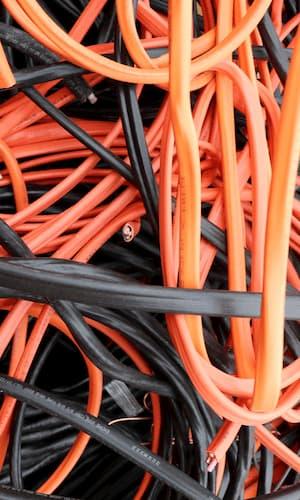
It’s ALIVE
So you have this old box of electrical cords, that’s one thing, but the fact that it’s growing and seems to have a life of its own is something entirely different.
Every few years there’s a new type of cord to use, you get a new printer or another appliance and lay the old electrical cords to rest.
Maybe you’ve moved houses or offices, gone cross country or even to another country, yet there it is; the box remains. You pack it up just like you do all your other belongings and take it with you, unpack it and leave it in a brand new spot in your new home.
Not only is this pile moving with you, but it seems to be getting bigger! What was a pile of cords in a box has now spilled over and onto the floor and is threatening to consume more and more space. You keep adding to it because you feel you might need one of those cords later, or you want to get rid of them, but you don’t know how.
How to Recycle Electrical Cords
When should you dispose of electric cords? If you’re finally ready to dispose of “the box” after having a collection spanning an awful long amount of time, we’re here to help. You can’t just throw them away, as it can be environmentally harmful, but don’t worry, it’s easy to recycle electrical cords.
H3: Can You Recycle Electric Cords?
The best way to recycle your old electrical cords and scrap metal items is to bring them to GLE Scrap Metal. At the facility, GLE Scrap Metalworkers will walk you through the process of what happens to your metal as well as guiding you through the facility to deposit items in the appropriate areas.
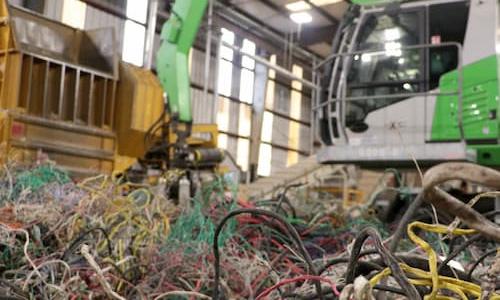
We ensure safe, environmentally friendly disposal of all such items to give you peace of mind and help you take back your space.

